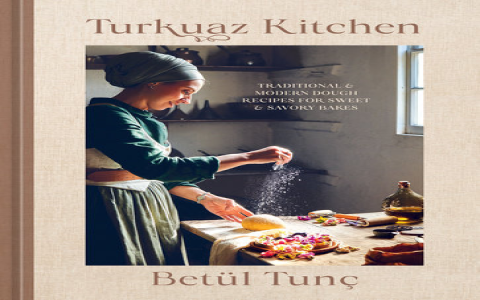Bread, in its myriad forms, has been a cornerstone of human diet and culture for millennia. Among the vast array of bread varieties, sweet bread stands out as a unique and enchanting culinary delight. This article explores the world of sweet bread, its diverse types, historical significance, and its role in modern gastronomy.

The Essence of Sweet Bread
Sweet bread, as opposed to its savory counterparts, is characterized by its sweetness, often achieved through the addition of sugar, honey, or other sweeteners. This sweetness not only enhances the flavor but also gives the bread a moist, tender texture that is a delight to the palate. From rich, buttery brioches to the airy, honey-infused panettone, sweet bread encapsulates the essence of indulgence and comfort.
Historical Roots and Cultural Significance
The history of sweet bread is as rich and diverse as its flavors. Ancient civilizations, including those in Egypt and Greece, were known to incorporate sweeteners into their bread recipes, often using honey as a natural sweetener. As trade routes expanded, sweet breads traveled across continents, absorbing local ingredients and cultural influences.
In Europe, sweet breads became an integral part of festive occasions and royal courts. The French brioche, for instance, is believed to have originated in the courts of Versailles, where it was enjoyed by aristocracy. Similarly, the Italian panettone, a sweet, dome-shaped bread filled with dried fruits and candied peel, is a symbol of Christmas and New Year celebrations.
Types and Variations
The world of sweet bread is vast and varied, offering endless possibilities for flavor and texture. Here are a few notable examples:
- Brioche: A rich, buttery bread with a soft, tender crumb. Its golden crust and moist interior make it a perfect base for pastries and desserts.
- Panettone: An Italian Christmas specialty, characterized by its domed shape, airy texture, and festive filling of dried fruits and candied peel.
- Challah: A braided, egg-enriched bread traditionally associated with Jewish holidays. Its golden crust and soft, slightly sweet interior make it a delight at any meal.
- Kugelhopf: A Central European sweet bread, often baked in a bundt pan and filled with fruits, nuts, or chocolate.
Modern Trends and Innovations
In the contemporary culinary landscape, sweet breads have undergone a renaissance. Chefs and bakers are experimenting with new ingredients, techniques, and flavors to create innovative sweet breads that cater to diverse tastes and dietary preferences. From gluten-free brioches to vegan panettone, the options are endless.

Moreover, the rise of artisanal baking and the farm-to-table movement has led to a greater appreciation for locally sourced ingredients and handcrafted processes. Sweet breads made with organic flour, free-range eggs, and honey from local bees are becoming increasingly popular, reflecting a growing awareness of the importance of food quality and sustainability.
Conclusion
Sweet bread, in its myriad forms and flavors, offers a delightful escape into the world of indulgence and comfort. Its historical roots and cultural significance make it a treasure trove of culinary heritage, while its modern trends and innovations ensure its continued relevance in the ever-evolving world of gastronomy. Whether enjoyed as a breakfast treat, a dessert accompaniment, or a festive offering, sweet bread remains a timeless culinary delight that brings joy to the hearts and palates of people around the world.













